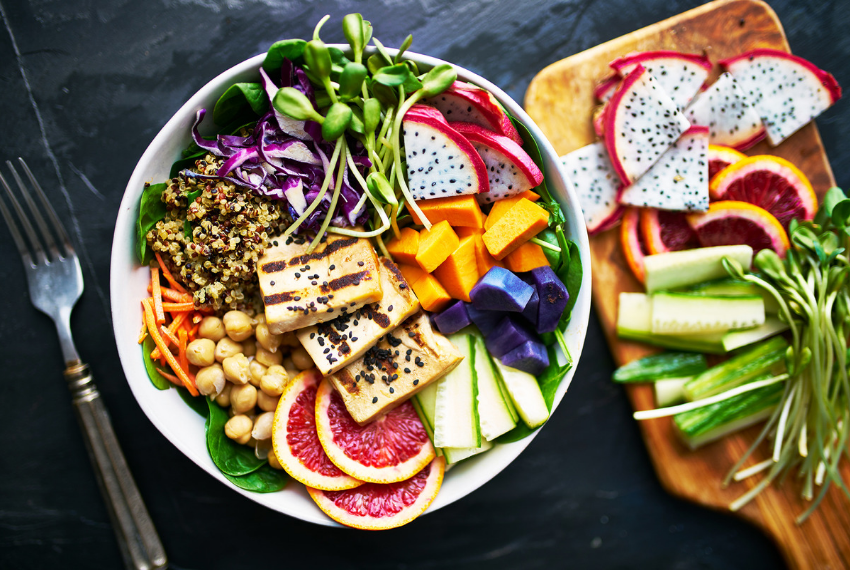
Explore our different products addressing the needs of your patient.
MetaXplore MetaXplore GI MetaXplore GI Plus View a sample reportDiscover the power of whole microbiome analysis and how deeper insights are addressing the way practitioners address gut health in practice.
Connect with Co-Biome Register for access Find a Co-Biome PractitionerBy assessing the whole gut microbiome, your practitioner is able to reveal how the gut microbiome is interacting with your overall health.
How to use Read the latest insights Find a Co-Biome Practitioner FAQs Back to menu options
Testing
Back to menu options
Testing
Explore our different products addressing the needs of your patient.
MetaXplore MetaXplore GI MetaXplore GI Plus View a sample report Back to menu options
For Practitioners
Back to menu options
For Practitioners
Discover the power of whole microbiome analysis and how deeper insights are addressing the way practitioners address gut health in practice.
Connect with Co-Biome Register for access Find a Co-Biome Practitioner Back to menu options
For Patients
Back to menu options
For Patients
By assessing the whole gut microbiome, your practitioner is able to reveal how the gut microbiome is interacting with your overall health.
How to use Read the latest insights Find a Co-Biome Practitioner FAQs Back to menu options
Education
Back to menu options
Education
Discover the latest education in microbiome testing.
For practitioners For patients Back to menu options
Refer a product
Back to menu options
Refer a product
Select a product you would like to refer to your patient. You’ll be asked to login.
MetaXplore $369 MetaXplore GI $425 MetaXplore GI Plus $485 Practitioner Sign-In
Practitioner Sign-In


